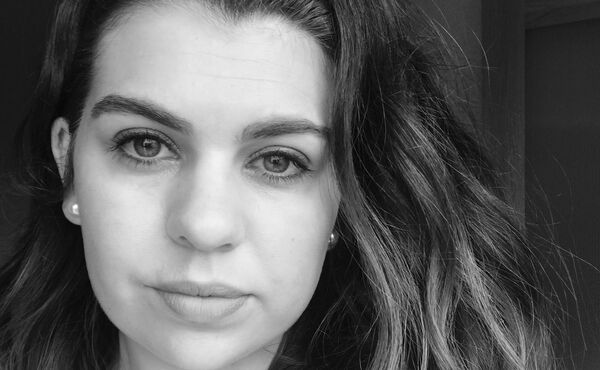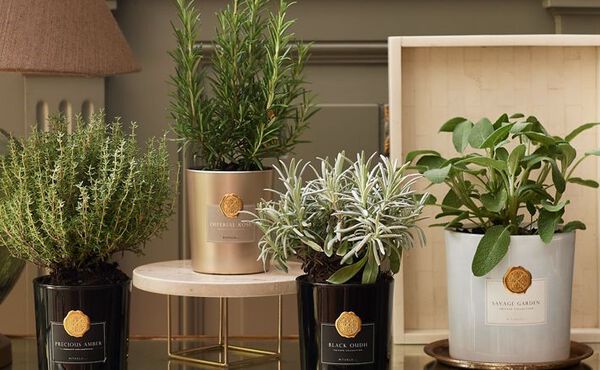From sowing and mowing to planting and pruning, gardening offers a direct connection to nature and mindfulness. Here’s how to get started, even if you don’t have a garden.
In our fast-paced, digital-driven world, it's easy to forget the profound therapeutic effects of spending time in nature. Fortunately, a growing body of research and the wisdom of experts remind us that the simple act of gardening offers powerful benefits for our wellbeing and the environment.
GOOD FOR OUR WELLBEING
"Research shows that being in nature and around greenery improves our mental health and wellbeing,” asserts Fiona Jenkins, gardening and landscaping expert at MyJobQuote. “As gardening gives you quite a workout, it improves our physical health too. So, all round it helps us to feel better."
Gardening isn't just about tending to plants; it's about connecting with nature, breathing in fresh air, and finding solace in the midst of life's chaos. Mike Laauwe, an experienced life coach and founder of PositiveThinkingMind, explains, “it's no coincidence that mindfulness and gardening go hand-in-hand. The garden immerses you in life's sounds, smells, textures - the present moment. When you sync your breathing with gardening strokes, you sow presence as surely as you tend the plants.”
HOW TO MAXIMISE MINDFULNESS
So how can we truly maximise those benefits of mindful gardening? Forget about perfectionism and just dive into the joy of the process, say our experts.
“Mindfulness in the garden means diving in with all your senses,” says Laauwe. “Touch the soil, listen to rustling leaves, watch colours dance, and change in the shifting light. Let positive thoughts flow freely like the water nourishing your seedlings. They're food for the soul.”
Jenkins agrees, adding: “Gardening takes you away from your phone and TV screens, so you’re able to switch off from modern life and live in the moment. Appreciate what’s there now, rather than trying to achieve an aesthetic, and take time to notice small things, like the intricate details of your plants.”

GOOD FOR THE PLANET
It’s not just our mental and physical health that benefits from mindful gardening; the practice is also good for the environment.
“Improving the amount of green spaces in urban areas provides vital habitats and food sources for wildlife,” explains Jenkins. “Trees and plants are able to absorb pollutants including carbon dioxide and VOCs and produce oxygen, helping to clean the air. Leafy plants and trees can also help to bring down surface temperatures in local environments.”
On that note, are you ready to roll up your sleeves? Here’s how to get started.
BEGINNERS GARDENING GUIDE
What do you need?
Although there are lots of gardening products available, Jenkins suggests starting with a basic kit. “Buying just a few essential tools will mean you can tackle the main gardening jobs without spending lots of money,” she explains. “You’ll only need a hand trowel, fork and a watering can to tackle planting, weeding and watering. If you don’t like getting your hands dirty, get some gardening gloves too.”
Read more: 9 tips for a soulful garden (even if it’s tiny)
What to plant on balconies and windowsills
“Sunny balconies and window sills are ideal for growing herbs including chives, rosemary and mint,” says Jenkins. “Not only are they handy for flavouring meals, but they give you a nice fragrance that repels insects. If you have room for larger pots, you can even grow strawberries and tomatoes. Colourful and trailing bedding plants such as calibrachoa, begonias and geranium are great for filling out pots on your sills and brightening up railings.”
Read more: How to create a herb garden at home
Garden plants for beginners
If you’re flexing your green fingers for the first time, Jenkins suggests starting with low-maintenance, hardy plants that don’t need special soil conditions.
“Shrubs such as Berberis thunbergii ‘Orange Sunrise’ and Skimmia japonica ‘Rubella’ give you plenty of colour with little pruning. Perennial plants such as lavender, salvias and coneflowers add even more colour and come back year after year. Coneflowers can be divided once they’re established, so you can spread them around your garden. Adding a layer of mulch will keep weeds down and your plants protected.”
Thinking about a vegetable patch? Radish, chard and salad leaves are a good place to begin, says Jenkins – use containers and growing tables to minimise pests and weeds.
Love the idea of gardening but not quite ready to get digging? Enjoy The Garden of Happiness gift set instead.








.jpg?sw=600&sh=370&sm=fit&cx=0&cy=0&cw=600&ch=370&sfrm=jpg)

